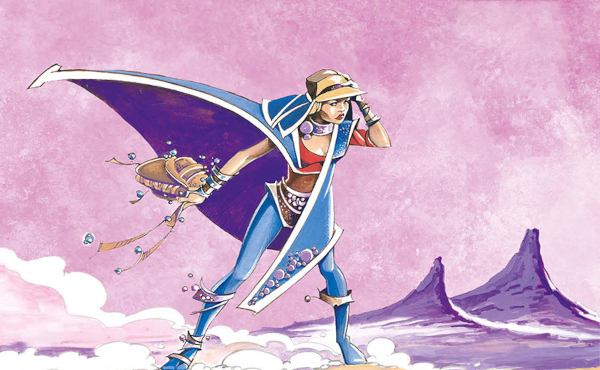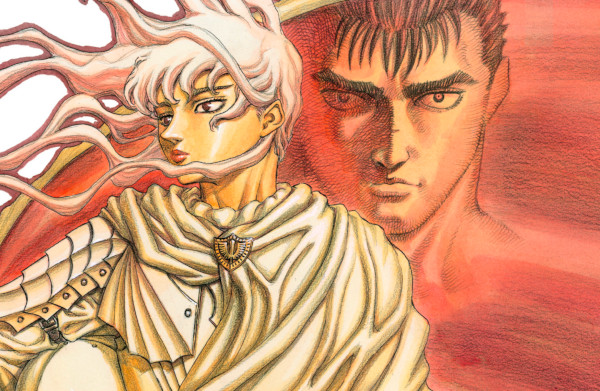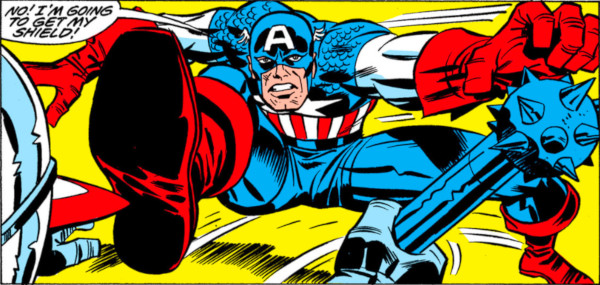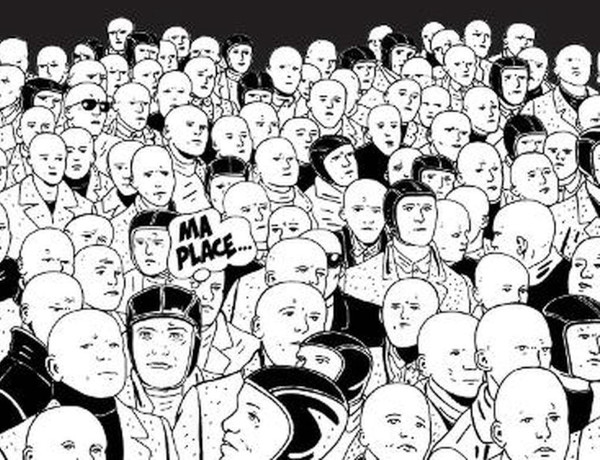
To mark the recent passing of artist Ian Gibson, Kumar and Dana dive into a long-overdue discussion of his masterpiece with writer Alan Moore, The Ballad of Halo Jones. Halo Jones is an early work by Moore that was never completed, but it is rich, immersive, and fully developed at every turn, from the characters to the world-building, largely due to the influence of Gibson himself on the creative process. But is there something familiar about it all…?
Buy The Ballad of Halo Jones on Amazon.com
Brought to you by:
Podcast: Play in new window | Download









